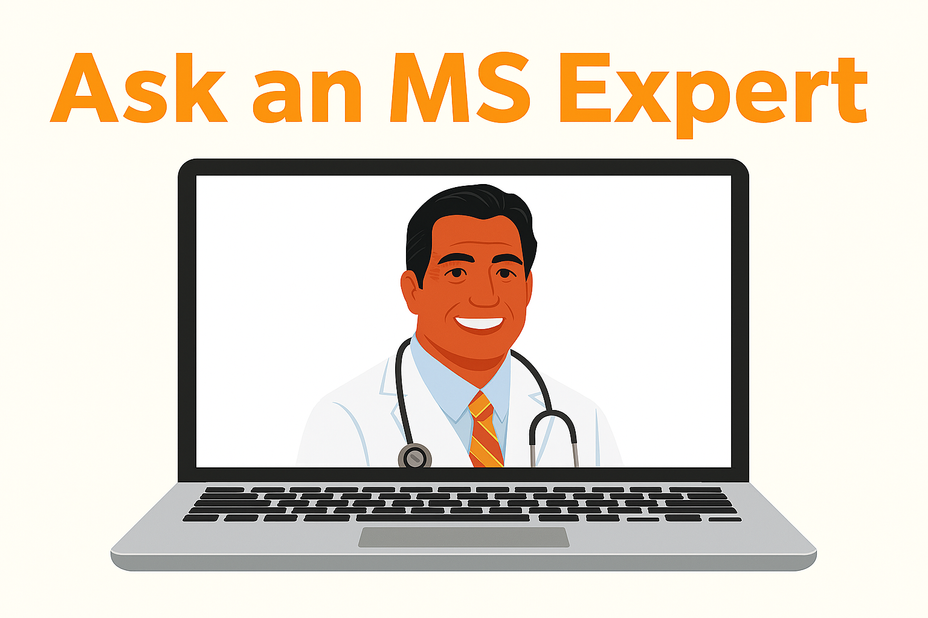All About Disability Internships
All About Disability Internships
Disability internships are
programs that are designed for students and recent graduates with disabilities to gain career skills. Some examples include major opportunities like the AAPD Summer Internship Program which is a paid, DC-based, program for leadership development and Project SEARCH, which is a type of hands-on training in various workplaces with coaching. Last but not least, it is also important to note that these internships offer valuable job experience, mentorship, and connections in fields like advocacy, federal agencies, non-profits, and diverse businesses, helping participants with disabilities build confidence and enter the workforce.


